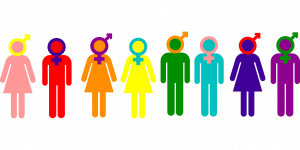2.3: Learning Dispositions
- Last updated
- Save as PDF
- Page ID
- 80233

- Elizabeth B. Pearce
- Linn-Benton Community College via OpenOregon
One of the most important aspects of learning about families and equity is you, the learner. In order for your brain to change, to adapt, to assimilate new information you will need to work at it. Reading, writing, and discussing the material is not enough. It’s a start, but the disposition that you bring to this experience will make a large impact on what you learn. Are you willing to set aside existing assumptions and ideas when you read something that doesn’t make sense to you at first? Are you willing to question beliefs that may be ingrained in multiple generations of your own family or kinship group? Are you willing to be uncomfortable? Dispositions that are open to trying out new ideas and ways of thinking will help you and your brain grow. We will talk about three of those here: cognitive and emotional perspective taking, objectivity, and cultural humility.
Cognitive and Emotional perspective taking
To understand the diversity of family experience in the United States, students will need to practice “putting yourself in another person’s shoes”. Seeing that people have beliefs, values, emotions, and responses that can overlap with and differ from our own will expose the richness and depth of family life. It is important to note that we cannot always predict how we (or someone else!) will respond given a particular circumstance. Instead, it is our work as students to “listen”, understand, and learn more about what families experience and how they function in the United States. In particular it is critical to “listen” to those we perceive as belonging to different social groups than ourselves. By adopting an attitude of listening, rather than of judging, we will increase our own knowledge base.
Objectivity
Every human being has a unique set of characteristics, experiences, and beliefs. This is part of what makes us human: our abilities to think, reflect, and form conclusions based on our particular set of circumstances. This is true of social scientists as well, the human beings who study other humans, our social groups, and interactions. We rely on empirical research, data which is collected and analyzed by social scientists, to learn about individuals and families. These scientists emerge from a variety of disciplines including Anthropology, Education, Human Development and Family Sciences, Psychology and Sociology. They share the research principle that scientists must do their best to set aside their own beliefs and experiences in order to influence the study or analysis that they are conducting. Creating objectivity is considered crucial to the scientific method which includes formulating a hypothesis that is then tested via the collection and analysis of information. At the same time, we must acknowledge that this method and theory was created and validated almost exclusively by people of one gender and one race (male and European, or White) and there is room for refinement of this thinking.
The feminist perspective (described in the Theories Table below) introduces some complexity to the idea of objectivity by emphasizing that in order to truly understand our social structure, researchers must acknowledge that every human being (themselves included) brings their own viewpoint based on their unique set of social characteristics to their work. Scientists must understand their own perspective, or bias, in order to do their best to both recognize the impact of their own viewpoint and to attempt to set it aside while collecting and analyzing information.
Cultural Humility
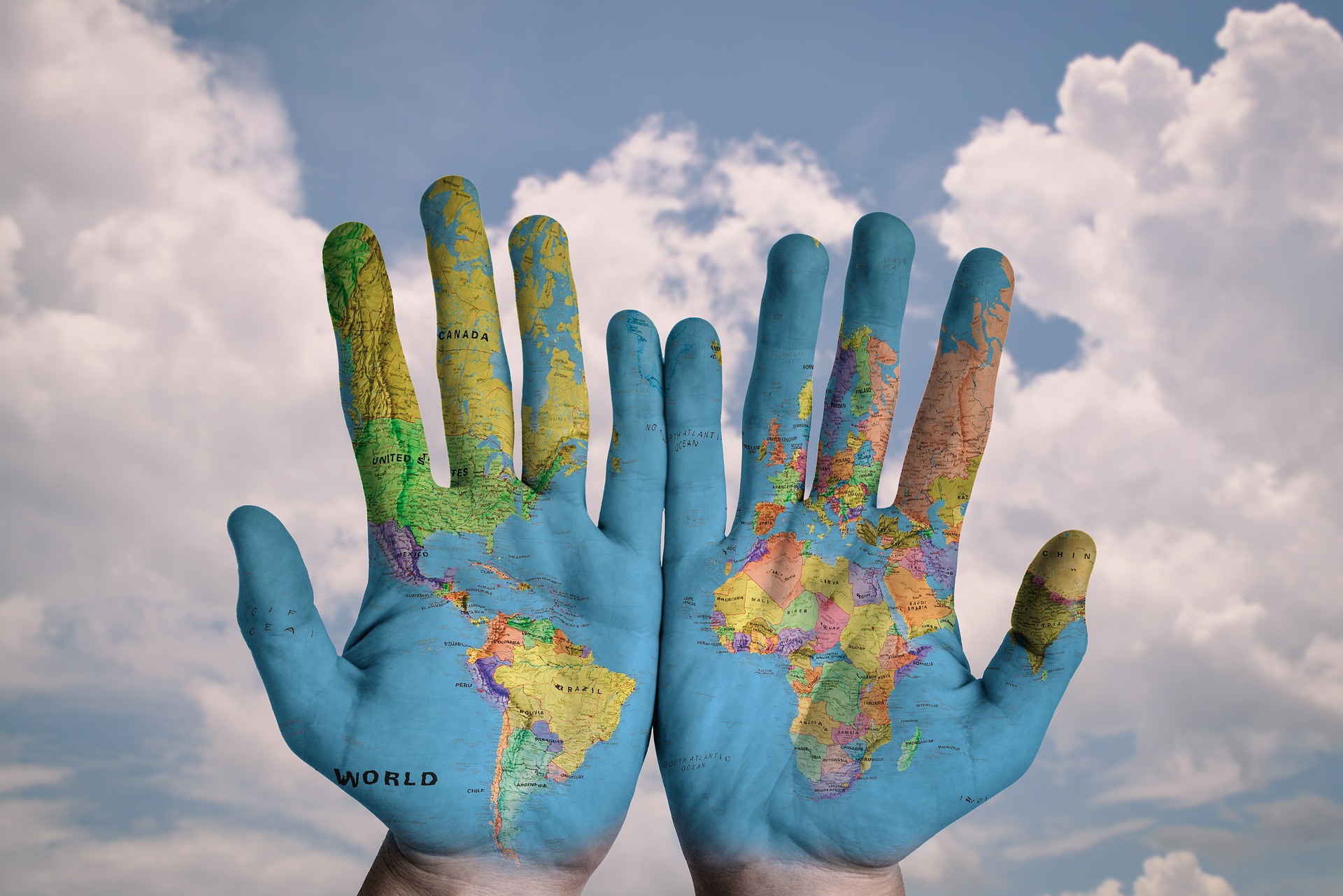
As our world becomes increasingly diverse and interconnected, understanding different cultures becomes crucial. Without a basic understanding of the beliefs and experiences of individuals, professionals can unintentionally contribute to prejudice and discrimination or negatively impact professional relationships and effectiveness of services. To understand cultural experiences, it is important to consider the context of social identity, history, and individual and community experiences with prejudice and discrimination. It is also important to acknowledge that our understanding of cultural differences evolves through an ongoing learning process.[1]
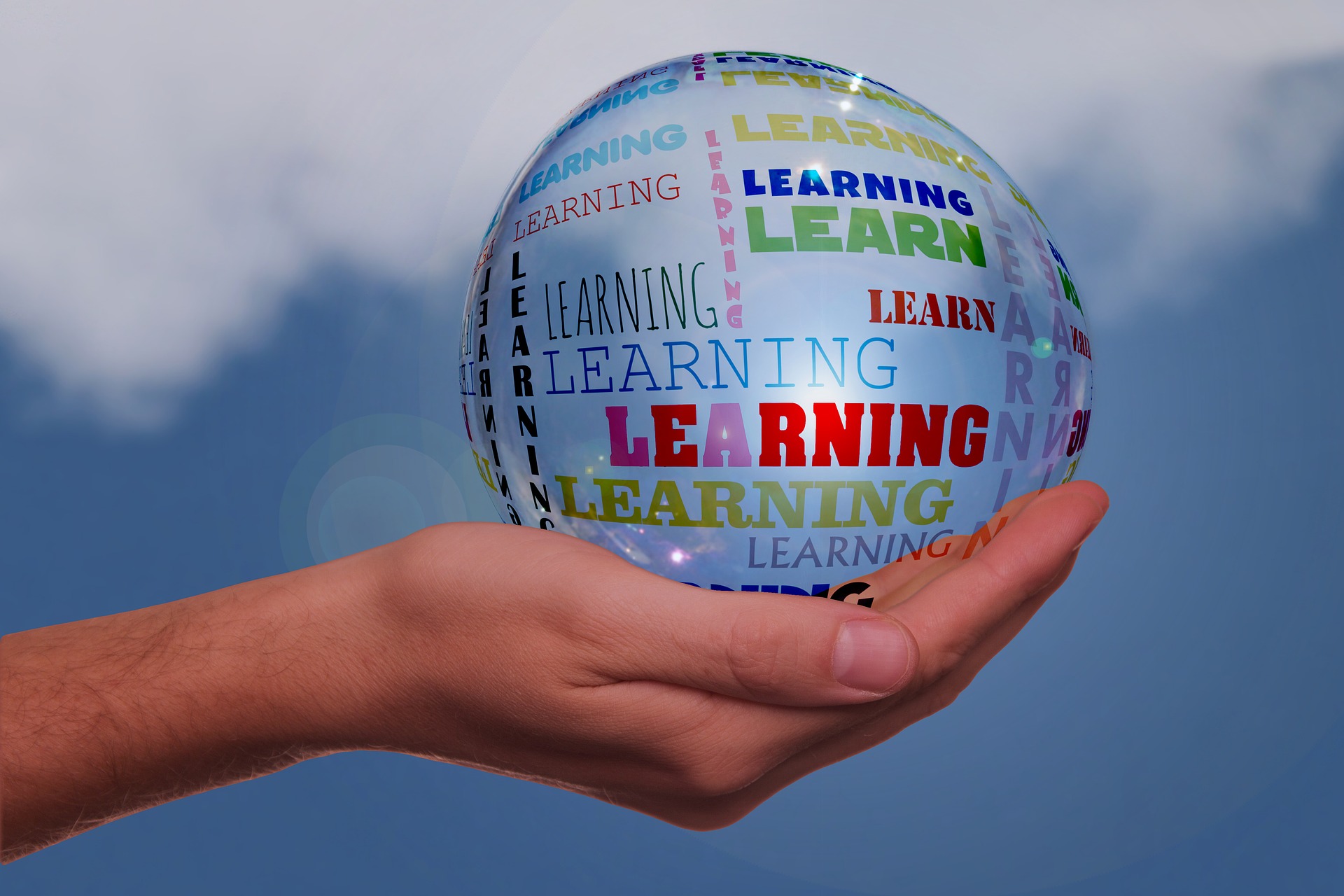
Cultural competence is generally defined as possessing the skills and knowledge of a culture in order to effectively work with individual members of the culture. This definition includes an appreciation of cultural differences and the ability to effectively work with individuals. The assumption that any individual can gain enough knowledge or competence to understand the experiences of members of any culture, however, is problematic. Gaining expertise in cultural competence as traditionally defined seems unattainable, as it involves the need for knowledge and mastery. Instead, true cultural competence requires engaging in an ongoing process of learning about the experiences of other cultures.[2] Further reading on cultural competence by Stanley Sue can be found here.
Cultural humility is the ability to remain open to learning about other cultures while acknowledging one’s own lack of competence and recognizing power dynamics that impact the relationship. Within cultural humility it is important to engage in continuous self-reflection, recognize the impact of power dynamics on individuals and communities, embrace “not knowing”, and commit to lifelong learning. This approach to diversity encourages a curious spirit and the ability to openly engage with others in the process of learning about a different culture. As a result, it is important to address power imbalances and develop meaningful relationships with community members in order to create positive change. A guide to cultural humility is offered by Culturally Connected.
Dimensions of Diversity
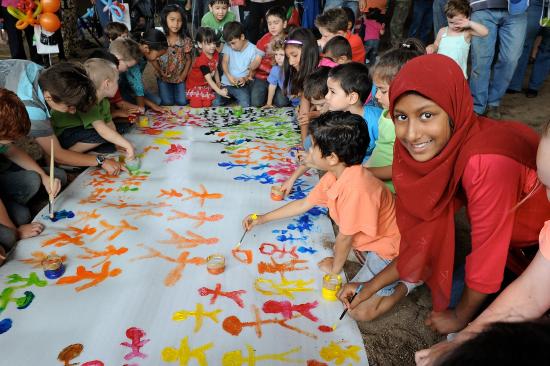
Although it is impossible to discuss all of the dimensions of human diversity in this section, we present some common dimensions that will be discussed in this text. We also acknowledge the importance of intersectionality, which was described in the Introductory chapter and the process of cultural humility in understanding diversity.
“Culture is something that unites people.” –Anastasiya O., Russia
Culture
Culture is an important dimension of diversity for community psychologists to examine. In general, culture has been challenging to define, with modern definitions viewing culture as a dynamic concept that changes both individuals and societies together over time. Further, culture in today’s society refers to more than just cultural and ethnic groups but also includes racial groups, religious groups, sexual minority groups, socioeconomic groups, nation-states, and corporations. While numerous definitions for culture are available, there are key defining components, such as shared meanings and shared experiences by individuals in a group that are passed down over time with each generation. That is, cultures have shared beliefs, values, practices, definitions, and other elements that are expressed through family socialization, formal schooling, shared language, social roles, and norms for feeling, thinking, and acting.[3]
Culture can be examined at multiple ecological levels to understand its impact. This means that culture can influence the norms and practices of individuals, families, organizations, local communities, and the broader society. For example, cultural influences can have an impact on how members function and interact with one another. Further, culture should be understood within a broader context of power relationships, and how power is used and distributed.[4]
Race
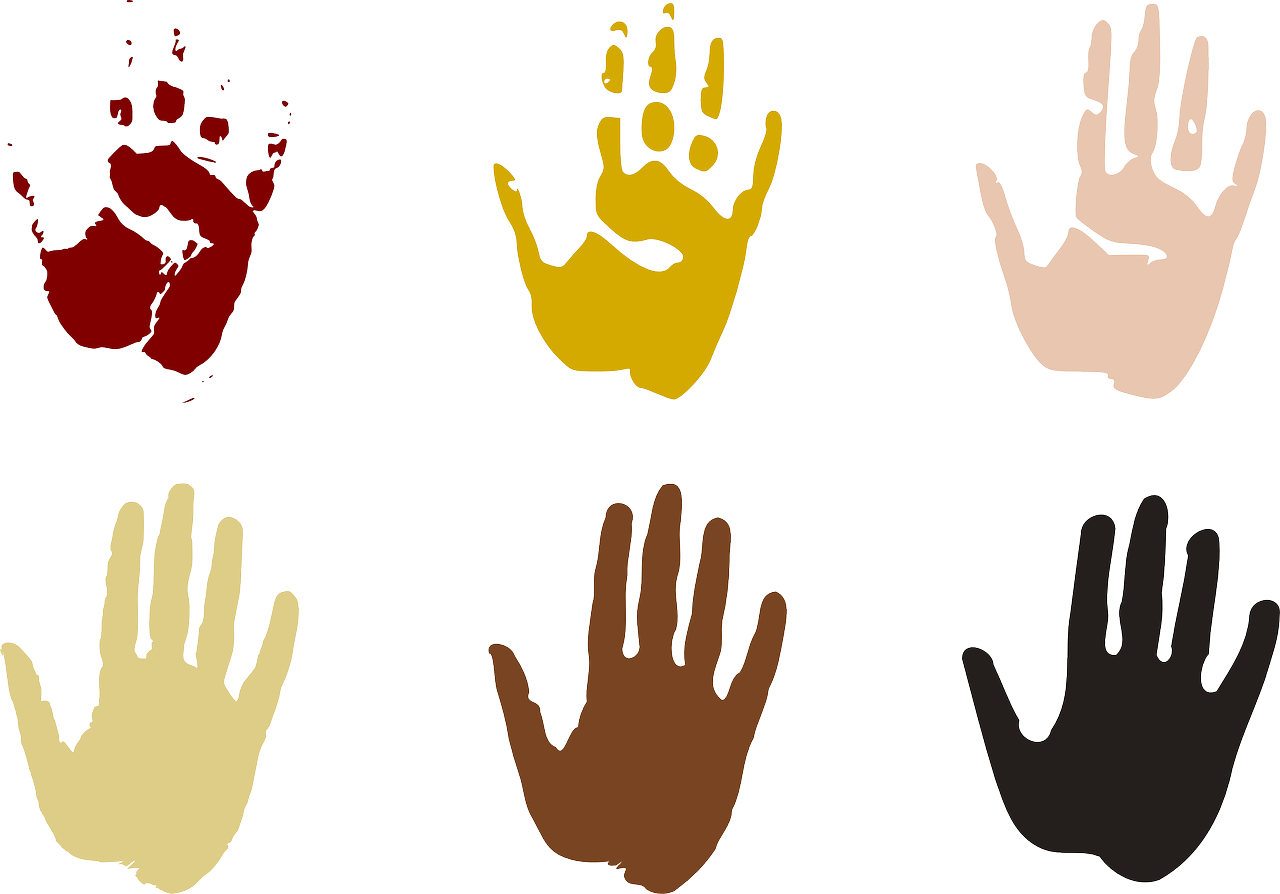
While physical differences often are used to define race, in general, there is no consensus for this term. Typically, race has been defined using observable physical or biological criteria, such as skin color, hair color or texture, facial features, etc. However, these biological assumptions of race have been determined to be inaccurate and harmful by biologists, anthropologists, psychologists, and other scientists. Research has proven no biological foundations to race and that human racial groups are more alike than different; in fact, most genetic variation exists within racial groups rather than between groups. Therefore, racial differences in areas such as academics or intelligence are not based on biological differences but are instead related to economic, historical, and social factors.[5]
Instead, race has been socially constructed and has different social and psychological meanings in many societies.[6] In the US, people of color experience more racial prejudice and discrimination than White people. The meanings and definitions of race have also changed over time and are often driven by policies and laws (e.g., one drop rule or laws).
Case Study 8.1
Is Race a Selected Identity?
Rachel Dolezal, also known as Nkechi Amare Diallo, was born to White parents with no known African ancestry. As a young adult, she became involved in civil rights, became a college instructor of Africana Studies, and began self-identifying as a
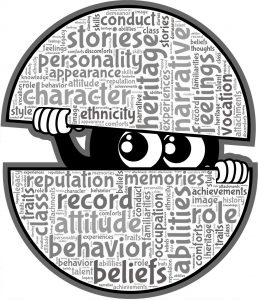
Black woman. She even became president of the Spokane, Washington chapter of the National Association for the Advancement of Colored People (NAACP). She
resigned from her position with the NAACP and was dismissed from her role as an instructor after information surfaced casting doubt upon her racial heritage. She later acknowledged that she was born to White parents but continued to insist that she strongly identifies as a Black woman. Read more here.
Ethnicity
Ethnicity refers to one’s social identity based on the culture of origin, ancestry, or affiliation with a cultural group.[7] Ethnicity is not the same as nationality, which is a person’s status of belonging to a specific nation by birth or citizenship (e.g., an individual can be of Japanese ethnicity but British nationality because they were born in the United Kingdom). Ethnicity is defined by aspects of subjective culture such as customs, language, and social ties.[8]
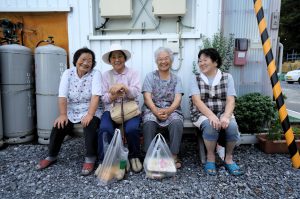
While ethnic groups are combined into broad categories for research or demographic purposes in the US, there are many ethnicities among the ones you may be familiar with. Latina/o/x or Hispanic may refer to persons of Mexican, Puerto Rican, Cuban, Spanish, Dominican, or many other ancestries. Asian Americans have roots from over 20 countries in Asia and India, with the six largest Asian ethnic subgroups in the US being the Chinese, Asian Indians, Filipinos, Vietnamese, Koreans, and Japanese (read more here).
Gender
Gender refers to the socially constructed perceptions of what it means to be male or female in our society and how those genders may be reflected and interpreted by society. Gender is different from sex, which is a biological descriptor involving chromosomes and internal/external reproductive organs. As a socially constructed concept, gender has magnified the perceived differences between females and males leading to limitations in attitudes, roles, and how social institutions are organized. For example, how do gender norms influence types of jobs viewed as appropriate or not appropriate for women or men? How are household or parenting responsibilities divided between men and women?
Gender is not just a demographic category but also influences gender norms, the distribution of power and resources, access to opportunities, and other important processes.[9] For those who live outside of these traditional expectations for gender, the experience can be challenging. In general, the binary categories for sex, gender, gender identity, and so forth have received the most attention from both society and the research community, with only more attention to other gender identities (e.g., gender-neutral, transgender, nonbinary, and GenderQueer) in recent years.[10]
But the attention to other gender identities is increasing, both academically and publicly. One example is the case of Nicole Maines challenging her elementary school’s restroom policy, which resulted in a victory when the Maine Supreme Judicial Court ruled that she had been excluded from the restroom because of her transgender identity. While community psychologists are making efforts to conduct more research on the various gender identities on the gender spectrum, more research needs to continue in this area.
Age

Age describes the developmental changes and transitions that come with being a child, adolescent, or adult. Power dynamics, relationships, physical and psychological health concerns, community participation, life satisfaction, and so forth can all vary for these different age groups.[11] Although the field has started to include aging issues in research, Cheng and Heller searched for publications on older adults in major Community Psychology journals and found that this segment of the population has been neglected.[12] Although the skills, values, and training of community psychologists would likely make a difference in the lives of older adults, the attitudes within our profession and society are current barriers.
Social Class
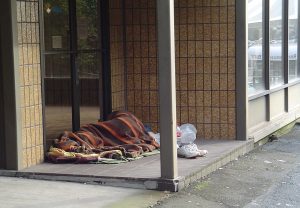
Like the other components of diversity, social class is socially constructed and can affect our choices and opportunities. This dimension can include a person’s income or material wealth, educational status, and/or occupational status. It can include assumptions about where a person belongs in society and indicate differences in power, privilege, economic opportunities and resources, and social capital. Social class and culture can also shape a person’s worldview or understanding of the world; influencing how they feel, act, and fit in; and impacting the types of schools they attend, access to health care, or jobs they work at throughout life. The differences in norms, values, and practices between lower and upper social classes can also have impacts on well-being and health outcomes.[13] Social class and its intersection with other components of one’s identity are important for community psychologists to understand. Unnatural Causes: Is Inequality Making Us Sick? is a seven-part documentary that focuses on the connection between social class, racism, and health.
Sexual Orientation
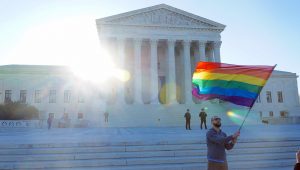
Sexual orientation refers to a person’s emotional, romantic, erotic, and spiritual attractions toward another in relation to their own sex or gender. The definition focuses on feelings rather than behaviors since individuals who identify with a minority sexual orientation experience significant stigma and oppression in our society.[14] Sexual orientation exists on a continuum or multiple continuums and crosses all dimensions of diversity (e.g., race, ethnicity, social class, ability, religion, etc.). Sexual orientation is different from gender identity or gender expression. Over time, gay, lesbian, asexual, and bisexual identities have extended to other sexual orientations such as pansexual, polysexual, and fluid, and increasingly more research is being conducted on these populations within the field of Community Psychology.[15] As a historically marginalized and oppressed group with inadequate representation in the literature, sexual minority groups face a variety of problems and issues that necessitate further research. The empowering and participatory approaches and methods used in Community Psychology can be beneficial for research with sexual minority groups.
Ability/Disability
Disabilities refer to visible or hidden and temporary or permanent conditions that provide barriers or challenges, and impact individuals of every age and social group. Traditional views of disability follow a medical model, primarily explaining diagnoses and treatment models from a pathological perspective.[16] In this traditional approach, individuals diagnosed with a disability are often discussed as objects of study instead of complex individuals impacted by their environment. A social model of ability, which is the perspective of these authors, views diagnoses from a social and environmental perspective and considers multiple ecological levels. The experiences of individuals are strongly valued, and community-based participatory research is a valuable way to explore experiences while empowering members of a community with varying levels of ability/disability. Learn more by watching the Employment Choice for People with Severe Physical Disabilities video.

Culture must be considered when viewing ability from a social perspective[17], and may impact whether or not certain behaviors are considered sufficient for inclusion in a diagnosis. For example, cultural differences in the assessment of “typical” development have impacted the diagnosis of Autism Spectrum Disorders in different countries. Further, diagnoses or symptoms can be culturally-specific, and culture may influence how symptoms are communicated. The experience of culture can significantly impact lived experience for individuals diagnosed with a disability.
It is important to consider how intersectionality impacts the experience of disability. For example, students of color and other underserved groups have a higher rate of diagnosis of learning disabilities, emotional and behavioral disabilities, and intellectual disabilities,[18] which may be due to economic, historical, and social factors. Diagnosis must be considered as disabled youth are at a disadvantage in a number of indicators of educational performance, leading to more substantial disparities later in life.
Licenses and Attributions
Open Content, Shared Previously
“Cultural Humility,” “Dimensions of Diversity,” “Race,” “Gender,” “Age,” “Sexual Orientation,” and “Ability/Disability,” are adapted from “Respect for Diversity” by Nghi D. Thai and Ashlee Lien in II ntroduction to Community Psychology: Becoming an Agent of Change, Rebus Community. License: CC BY 4.0. Adaptation: Edited for clarity and relevance.
Figure 2. 1. Photo by stokpic. License: Pixabay License.
Figure 2.2. Photo by geralt. License: Pixabay License.
Figure 2.3. “Harmony Day (5475651018)” by DIAC images . License: CC BY 2.0.
Figure 2.4. Photo by OpenClipart-Vectors. License: Pixabay License.
Figure 2.5. Photo by johnhain. License: Pixabay License.
Figure 2.6. “Elderly Japanese Women” by Teo Romera. License: CC BY-SA 2.0.
Figure 2.7. Photo by OpenClipart-Vectors. License: Pixabay License.
Figure 2.8. Photo by OpenClipart-Vectors. License: Pixabay License.
Figure 2.9. “Homeless“by born1945. License: CC BY 2.0.
Figure 2.10. “SCOTUS APRIL 2015 LGBTQ 54663” by Ted Eytan. License: CC BY-SA 2.0.
Figure 2.11. “20180611_Special Olympics_01687” by Special Olympics nationale Sommerspiele 2018. License: CC0 1.0.
- Tervalon, M., & Murray-Garcia, J. (1998). Cultural humility versus cultural competence: A critical distinction in defining physician training outcomes in multicultural education. Journal of Health Care for the Poor and Underserved, 9(2), 117-125. ↵
- Tervalon, M., & Murray-Garcia, J. (1998). Cultural humility versus cultural competence: A critical distinction in defining physician training outcomes in multicultural education. Journal of Health Care for the Poor and Underserved, 9(2), 117-125. ↵
- Cohen, A. B. (2009). Many forms of culture. American Psychologist, 64(3), 194-204. ↵
- Trickett, E. J. (2011). From “Water boiling in a Peruvian town” to “Letting them die”: Culture, community intervention, and the metabolic balance between patience and zeal. American Journal of Community Psychology, 47, 58-68. ↵
- Betancourt, H., & Lopez, S. R. (1993). The study of culture, ethnicity, and race in American psychology. American Psychologist, 48(6), 629-637. ↵
- Betancourt, H., & Lopez, S. R. (1993). The study of culture, ethnicity, and race in American psychology. American Psychologist, 48(6), 629-637. ↵
- Pinderhughes, E. (1989). Understanding race, ethnicity and power: The key to efficacy in clinical practice. Basic Books. ↵
- Resnicow, K., Braithwaite, R., Ahluwalia, J., & Baranowski, T. (1999). Cultural sensitivity in public health: Defined and demystified. Ethnicity & Disease, 9, 10-21. ↵
- Bond, M. A. (1999). Gender, race, and class in organizational contexts. American Journal of Community Psychology, 27(3), 327-355. ↵
- Kosciw, J. G., Palmer, N. A., & Kull, R. M. (2015). Reflecting resiliency: Openness about sexual orientation and/or gender identity and its relationship to well-being and educational outcomes for LGBT students. American Journal of Community Psychology, 55, 167-178. ↵
- Cheng, S. T., & Heller, K. (2009). Global aging: Challenges for community psychology. American Journal of Community Psychology, 44, 161-173. ↵
- Cheng, S. T., & Heller, K. (2009). Global aging: Challenges for community psychology. American Journal of Community Psychology, 44, 161-173. ↵
- Cohen, A. B. (2009). Many forms of culture. American Psychologist, 64(3), 194-204. ↵
- Flanders, C. E., Robinson, M., Legge, M. M., & Tarasoff, L. A. (2016). Negative identity experiences of bisexual and other non-monosexual people: A qualitative report. Journal of Gay & Lesbian Mental Health, 20(2), 152-172. ↵
- Kosciw, J. G., Palmer, N. A., & Kull, R. M. (2015). Reflecting resiliency: Openness about sexual orientation and/or gender identity and its relationship to well-being and educational outcomes for LGBT students. American Journal of Community Psychology, 55, 167-178. ↵
- Goodley, D., & Lawthom, R. (2010). Epistemological journeys in participatory action research: Alliances between community psychology and disability studies. Disability & Society, 20(2), 135-151. https://doi.org/10.1080/09687590500059077 ↵
- Goodley, D., & Lawthom, R. (2010). Epistemological journeys in participatory action research: Alliances between community psychology and disability studies. Disability & Society, 20(2), 135-151. https://doi.org/10.1080/09687590500059077 ↵
- Artiles, A. J., Kozleski, E. B., Trent, S. C., Osher, D., & Ortiz, A. (2010). Justifying and explaining disproportionality, 1968-2008: A critique of underlying views of culture. Exceptional Children, 76(3), 279-299. https://doi.org/10.1177/001440291007600303 ↵


